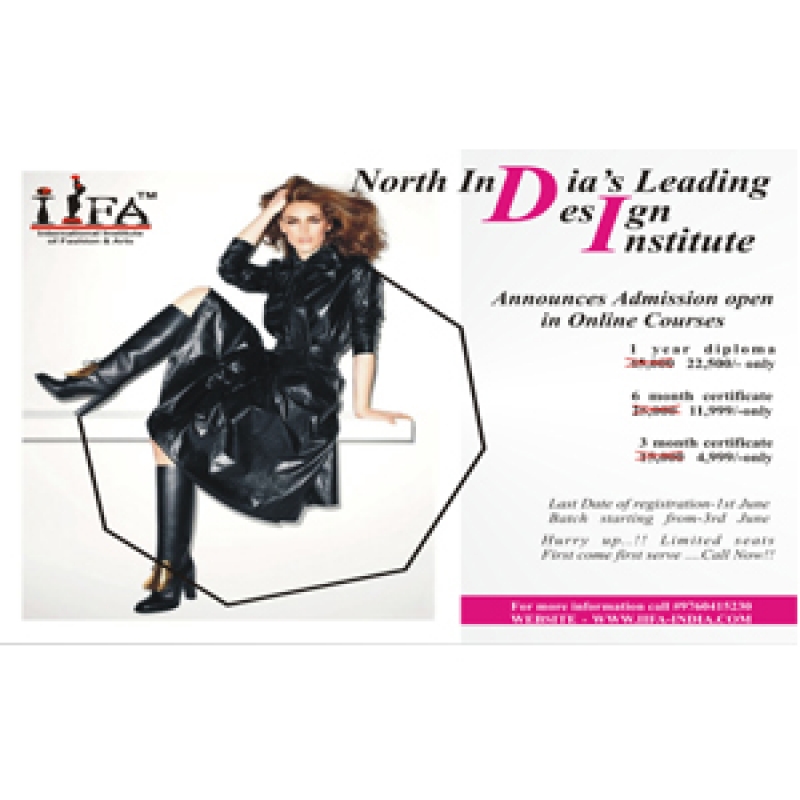The Evolution of Exclusivity
Haute couture has always been the pinnacle of fashion: meticulously hand-crafted, unapologetically extravagant, and intensely exclusive. But in a world increasingly defined by speed, sustainability, and individuality, the old definitions of luxury are evolving. The new couture is less about being out of reach and more about being rooted in meaning.
Brands like Schiaparelli and Iris van Herpen continue to push creative boundaries, but they’re now joined by a wave of designers redefining what couture can be. Think digital craftsmanship, AI-enhanced textiles, and garments engineered as wearable art. Luxury today isn’t about mass appeal—it’s about singular vision.
Tech Meets Tradition
Modern couture is embracing innovation in ways previously unthinkable. 3D printing, augmented reality fittings, and AI-generated design frameworks are reshaping how garments are imagined and constructed. Designers like Yuima Nakazato have pioneered modular couture, offering pieces that can be customized and reconfigured, responding to the wearer’s mood, body, or occasion.
Meanwhile, digital fashion—once a niche concept—has entered the couture conversation. Digital-only couture collections now sell for thousands on NFT platforms, challenging our understanding of value, ownership, and artistry in a virtual-first world.
Sustainability as a Statement
As consumers grow more conscious, the demand for sustainable luxury has surged. Couture houses are responding by revisiting their roots: slow fashion, local sourcing, and artisan craftsmanship. But they’re also innovating—introducing biodegradable fabrics, zero-waste production methods, and traceable material sourcing.
Luxury clients, once satisfied by rarity alone, now want resonance. They ask: Where did this fabric come from? Who made this? What story does it tell? The answers matter more than ever.
The Rise of the Global Muse
No longer dominated by European aesthetics, modern couture is increasingly influenced by global cultures and diasporic identities. Designers like Rahul Mishra (India), Thebe Magugu (South Africa), and Robert Wun (Hong Kong) are infusing couture with stories rooted in heritage, resistance, and renewal.
Couture now celebrates a wider spectrum of bodies, identities, and narratives. Fashion’s most revered runways are becoming stages for voices that were long overlooked.
The Future of Couture
So what does couture look like in the years to come? Likely, it will be more personal, more intentional, and more experimental. Clients will commission not just clothing, but experiences. Designers will function less like tailors and more like collaborators, storytellers, and technologists.
Couture, reimagined, is not about discarding the past—it’s about elevating it, infusing it with relevance, and expanding its possibilities. The future of luxury is not only rare, but radical.
The Evolution of Exclusivity
Haute couture has always been the pinnacle of fashion: meticulously hand-crafted, unapologetically extravagant, and intensely exclusive. But in a world increasingly defined by speed, sustainability, and individuality, the old definitions of luxury are evolving. The new couture is less about being out of reach and more about being rooted in meaning.
Brands like Schiaparelli and Iris van Herpen continue to push creative boundaries, but they’re now joined by a wave of designers redefining what couture can be. Think digital craftsmanship, AI-enhanced textiles, and garments engineered as wearable art. Luxury today isn’t about mass appeal—it’s about singular vision.
Tech Meets Tradition
Modern couture is embracing innovation in ways previously unthinkable. 3D printing, augmented reality fittings, and AI-generated design frameworks are reshaping how garments are imagined and constructed. Designers like Yuima Nakazato have pioneered modular couture, offering pieces that can be customized and reconfigured, responding to the wearer’s mood, body, or occasion.
Meanwhile, digital fashion—once a niche concept—has entered the couture conversation. Digital-only couture collections now sell for thousands on NFT platforms, challenging our understanding of value, ownership, and artistry in a virtual-first world.
Sustainability as a Statement
As consumers grow more conscious, the demand for sustainable luxury has surged. Couture houses are responding by revisiting their roots: slow fashion, local sourcing, and artisan craftsmanship. But they’re also innovating—introducing biodegradable fabrics, zero-waste production methods, and traceable material sourcing.
Luxury clients, once satisfied by rarity alone, now want resonance. They ask: Where did this fabric come from? Who made this? What story does it tell? The answers matter more than ever.
The Rise of the Global Muse
No longer dominated by European aesthetics, modern couture is increasingly influenced by global cultures and diasporic identities. Designers like Rahul Mishra (India), Thebe Magugu (South Africa), and Robert Wun (Hong Kong) are infusing couture with stories rooted in heritage, resistance, and renewal.
Couture now celebrates a wider spectrum of bodies, identities, and narratives. Fashion’s most revered runways are becoming stages for voices that were long overlooked.
The Future of Couture
So what does couture look like in the years to come? Likely, it will be more personal, more intentional, and more experimental. Clients will commission not just clothing, but experiences. Designers will function less like tailors and more like collaborators, storytellers, and technologists.
Couture, reimagined, is not about discarding the past—it’s about elevating it, infusing it with relevance, and expanding its possibilities. The future of luxury is not only rare, but radical.



















Your Message